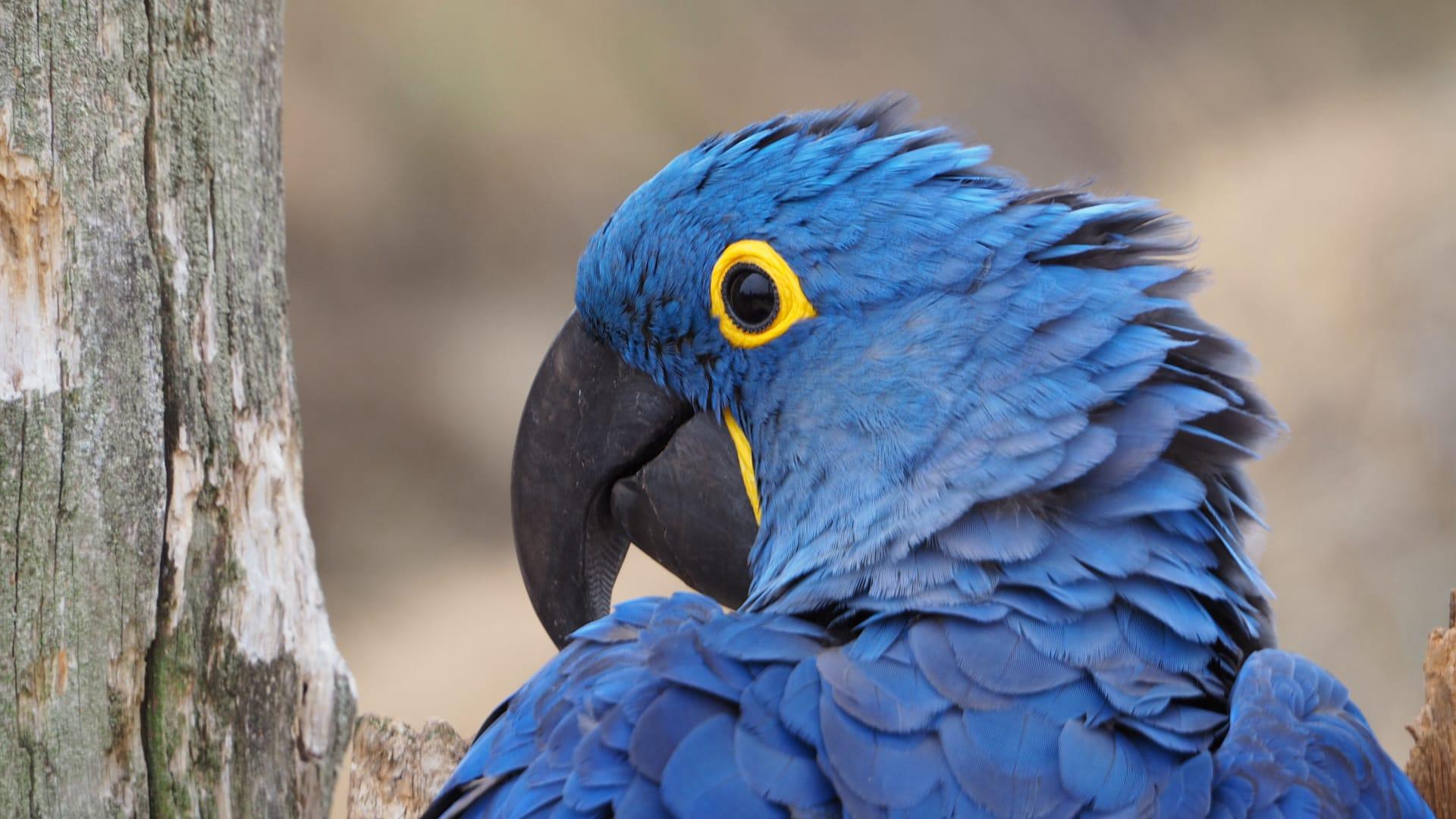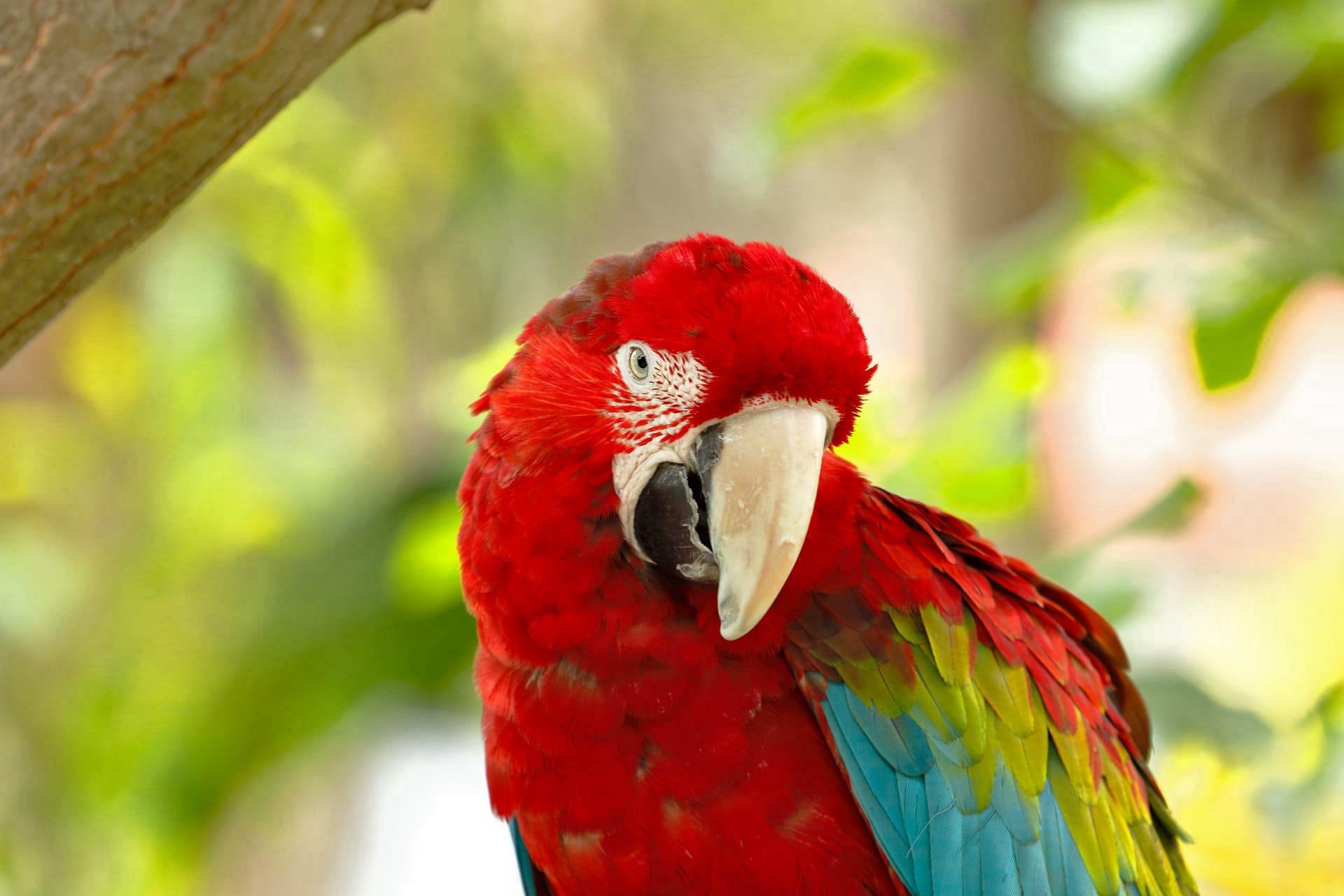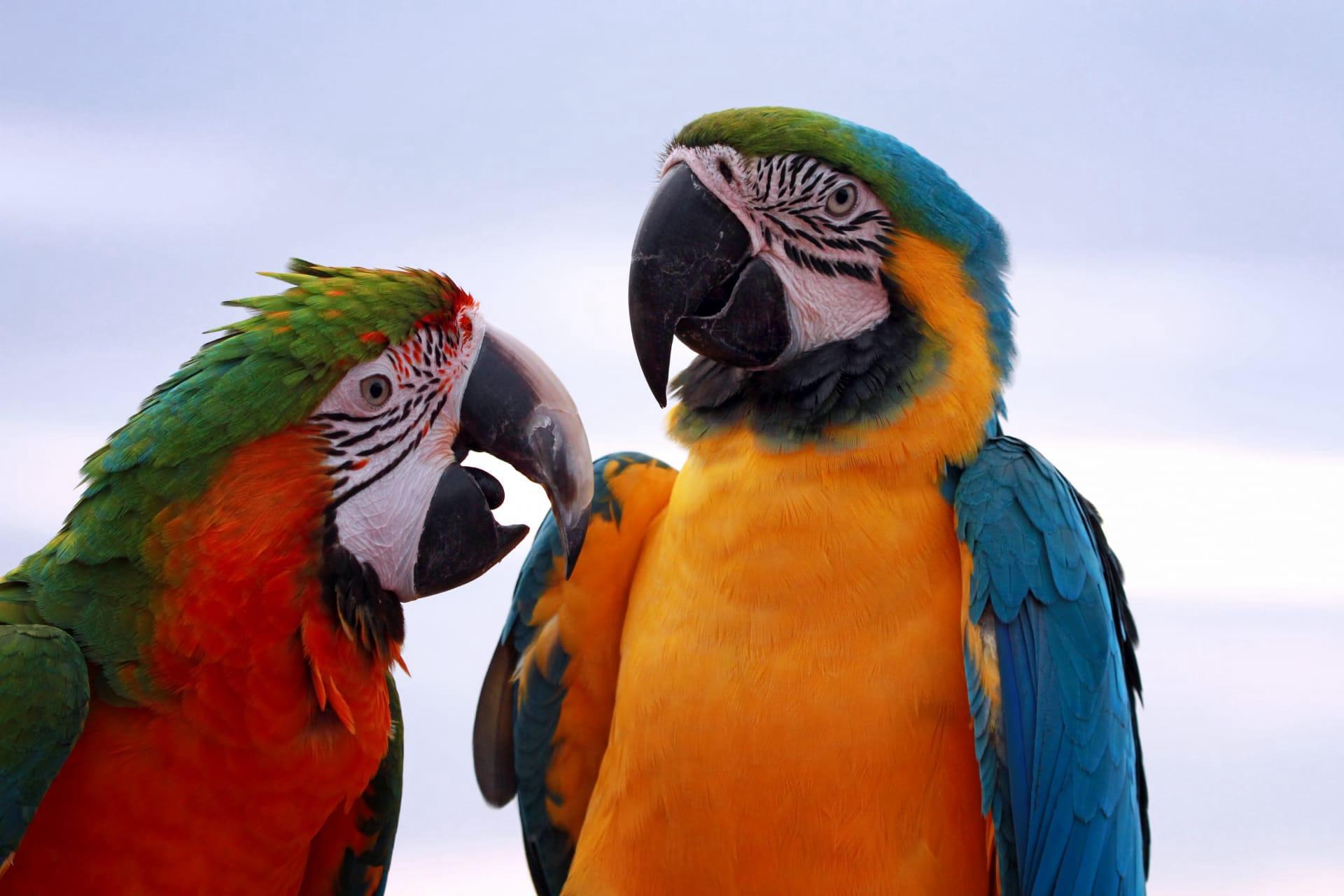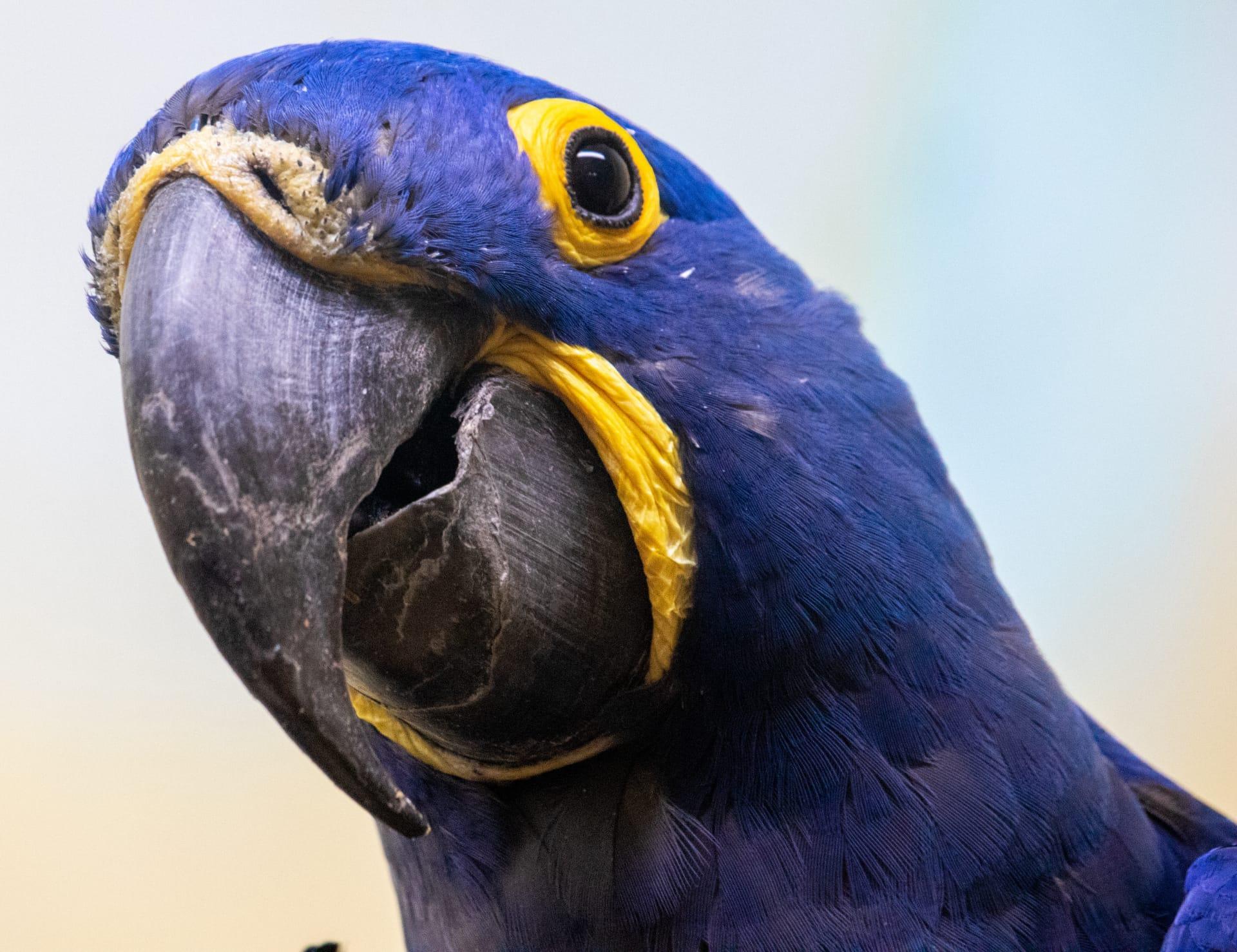Macaw
- Home /
- Mini Encyclopedia /
- Animal /
- Macaw
1
Macaws, a strikingly vibrant group of birds, belong to the Psittacidae family, specifically within the tribe Arini. This tribe is a kaleidoscope of color and charisma, with over 18 recognized species. These species are categorized into six genera: Ara, Anodorhynchus, Cyanopsitta, Primolius, Orthopsittaca, and Diopsittaca. Among these, the Ara genus is particularly well-known, featuring species like the Scarlet Macaw (Ara macao) and the Blue-and-Yellow Macaw (Ara ararauna). Each species boasts unique color patterns, sizes ranging from about 20 inches to over 40 inches in length, and distinct vocalizations.
Macaws are native to the New World, flourishing primarily in the rainforests of Central and South America. Their habitat spans from the steamy Amazon basin, extending to the dry savannas of northern Brazil, and even reaching into the highlands of the Andes. These birds favor areas with abundant fruit trees and palms, which provide both food and nesting opportunities. Sadly, habitat loss and illegal pet trade have dramatically reduced their numbers in the wild, leading to several species being classified as endangered, such as the Spix's Macaw (Cyanopsitta spixii).

2
Question: Do macaws eat only fruits and nuts?
Answer: It's a common misconception that macaws are strictly frugivores (fruit eaters) and granivores (seed eaters). While their diet predominantly consists of these, they are actually omnivores. Macaws also consume insects and snails, especially during breeding seasons when they require extra protein. In the wild, they're known to visit clay licks, where they ingest clay to detoxify their diet of seeds that may contain harmful toxins. This behavior also supplements their diet with essential minerals.

3
Macaws have evolved a range of survival strategies to thrive in their environments. One significant trait is their strong, curved beak, capable of cracking hard nuts and seeds. Their beaks are also dexterous enough to manipulate objects and aid in climbing. Another notable adaptation is their vibrant plumage. While it may seem conspicuous, this coloration actually helps them blend into the colorful fruits and flowers of the rainforest. Macaws are social birds, often seen in pairs or small flocks. This social structure plays a crucial role in their survival, aiding in finding food and detecting predators. They also have a high level of intelligence and can mimic sounds, which may help in communication and possibly in avoiding predators.
Another key survival strategy is their long-term pair bonding. Macaws are monogamous, forming bonds that last a lifetime. This strong pair bond is crucial for raising offspring, as both parents are involved in nesting and rearing their young. Their nesting behavior is unique too; they prefer to nest in high tree cavities, providing protection from predators. The longevity of macaws, some living up to 50 years or more in the wild, allows them to mature slowly and invest significant care in a few offspring, increasing their survival chances.

4
In the ecosystem, macaws play a significant role in seed dispersal and forest regeneration. As they feed on fruits and nuts, they often carry seeds away from the parent tree, dropping them in new locations. This helps in the spread of various tree species, promoting forest diversity. Their preference for large seeds, which many other animals cannot handle, is particularly important in shaping the plant community.
Macaws also contribute to nutrient cycling within their habitats. Their droppings enrich the soil with nutrients, aiding plant growth. In some indigenous cultures, macaws hold symbolic importance and are integrated into local folklore and rituals. These birds are also key attractions for ecotourism, which can provide economic benefits to local communities while fostering conservation efforts. However, their striking appearance has made them targets for the illegal pet trade, posing a significant threat to their populations. Conservation efforts, including habitat protection and anti-poaching measures, are crucial for maintaining the ecological balance where these magnificent birds play a vital role.

5
Film: "The Macaw Kingdom" (USA, 2019) is a captivating documentary that delves into the lives of various macaw species in the Peruvian Amazon. It showcases their vivid colors, social dynamics, and the challenges they face due to habitat destruction and the illegal pet trade. The film emphasizes the importance of conservation efforts in preserving these magnificent birds and their rainforest home.
Book: "Macaws: Their Biology and Care" (USA, 2018) by Dr. Julie Feinstein is an informative guide that offers insights into the biology, behavior, and care of macaws. It provides practical advice for keeping these birds in captivity while underscoring the importance of preserving their natural habitats.
Book: "Wings of the World: The Life of Macaws" (UK, 2020) by Martin Fletcher is a beautifully illustrated book that explores the diverse world of macaws. It covers their habitat, behavior, and the challenges they face in the wild. The book also addresses conservation issues and the efforts being made to protect these vibrant birds.